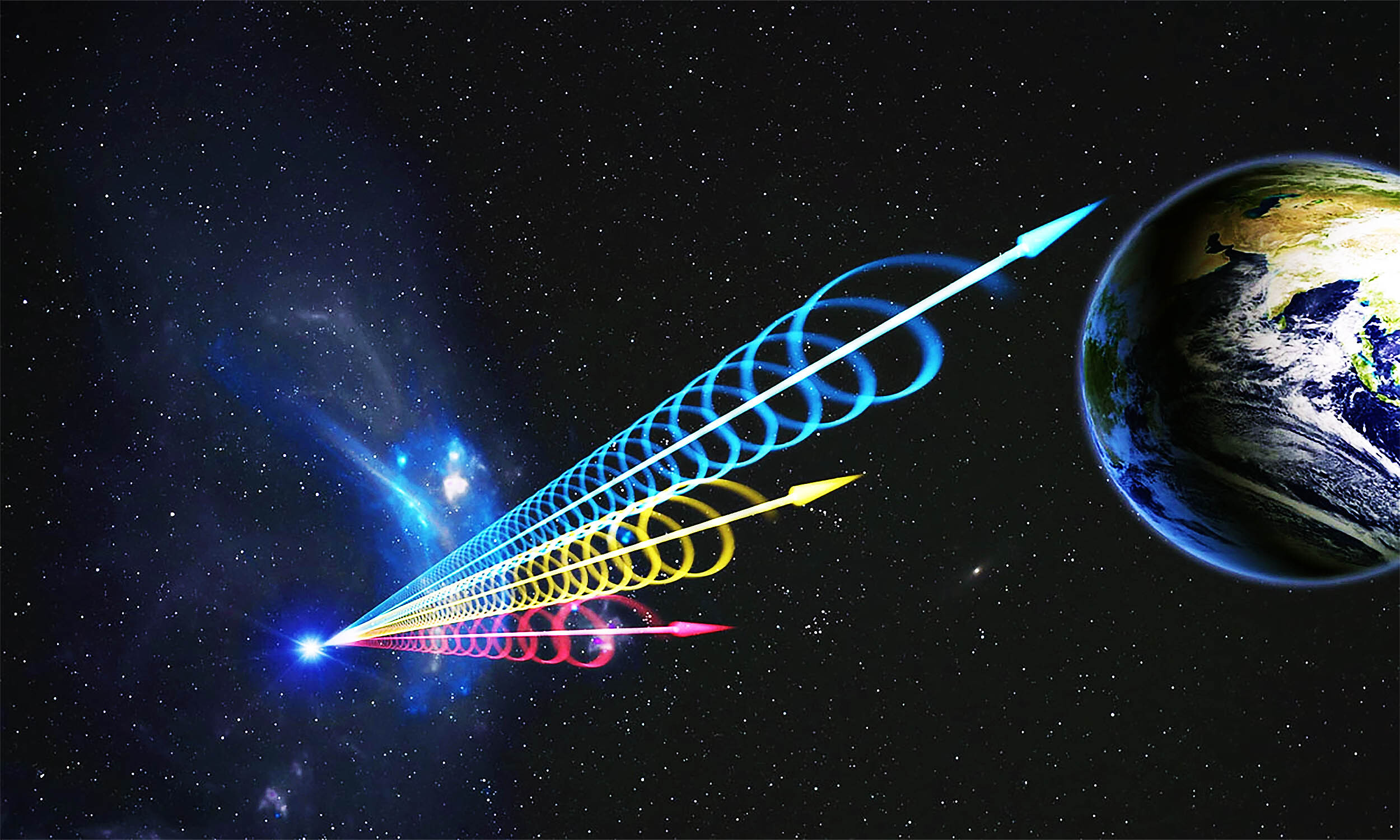Spoiler: It’s not aliens
PHOTONS SLAM INTO JWST AFTER 13.3 BILLION YEARS!!!
You don’t know that. It could also just be John in the break room microwaving fish. We don’t know what the source of FRB’s are 🤣
Booooooo. Who else can take me away? Calgon?
It’s daliens.
How do they date a radio transmission?
Reply and say “when did you send this”
New satellite who dis
Triangulation. It arrives at different locations at different times. Enough points gives you direction and distance.
You can’t use triangulation for anything over a few light-years, the angles are just too acute. And even then, you need to use the full width of Earth’s orbit (i.e. repeat a measurement at different times of the year).
I think they just know what the frequency distribution normally is for a burst like this when it is emitted, and use the redshift of the measured frequencies to estimate the distance. Plus they correlate it with the apparent source based on direction (a certain galaxy, in this case, which helped confirm the distance estimate).
The triangulation would mostly be for direction in this case, yeah. Unless we happened to have a radio telescope pointed at the right region of the sky at the time.
It’s tricky, since it’s moving at the speed of light, but I still find an icebreaker followed up by an invitation to a low-stakes social engagement to be the best way to proceed /s
“new planet. Who dis?”
That’s pretty wild, isn’t it? Imagine how different everything was 8 billion years ago when that signal first set off. It makes me think about how vast and mysterious the universe is. The signal traveled all that distance, crossing time and space, and finally, it shows up here—just when we have the tech to catch it. Kind of makes you feel like Earth’s in a cosmic relay race, passing the baton between generations of galactic explorers. Who knows? Maybe there’s some alien podcast out there that finally reached its audience!



